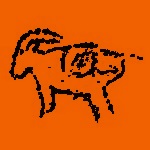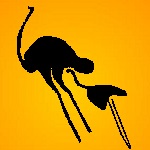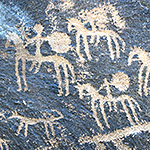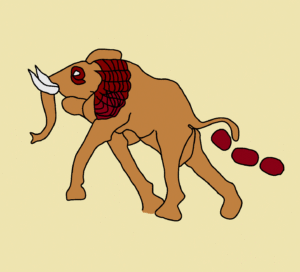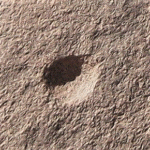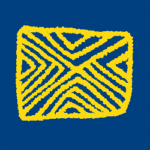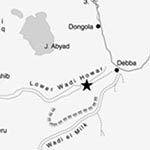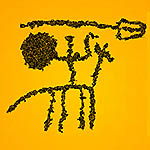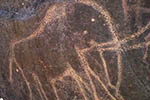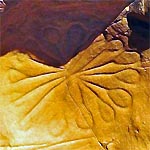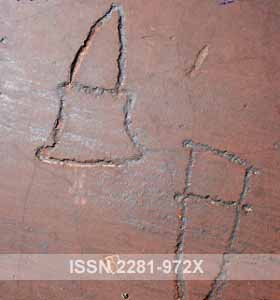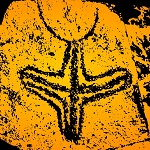 Imaoun-1 is one of the most important rock art sites in southern Morocco. In this study I briefly describe the array of petroglyphs at this site, comprising cupules, abstract motifs and patterns and biomorphic images. Imaoun-1 is also special because of its overrepresentation of abstract imagery. In this study I focus on one specific abstract petroglyph (said to have megalithic connotations), and – in more detail – on the Venus Cross, a globally widespread motif that is also overrepresented in this small part of Morocco. Its possible origin and journey across the prehistoric landscapes are also discussed.
Imaoun-1 is one of the most important rock art sites in southern Morocco. In this study I briefly describe the array of petroglyphs at this site, comprising cupules, abstract motifs and patterns and biomorphic images. Imaoun-1 is also special because of its overrepresentation of abstract imagery. In this study I focus on one specific abstract petroglyph (said to have megalithic connotations), and – in more detail – on the Venus Cross, a globally widespread motif that is also overrepresented in this small part of Morocco. Its possible origin and journey across the prehistoric landscapes are also discussed.
By Maarten van Hoek.

